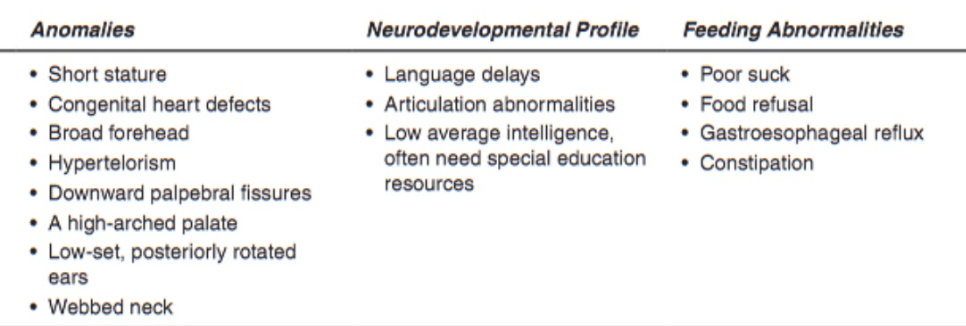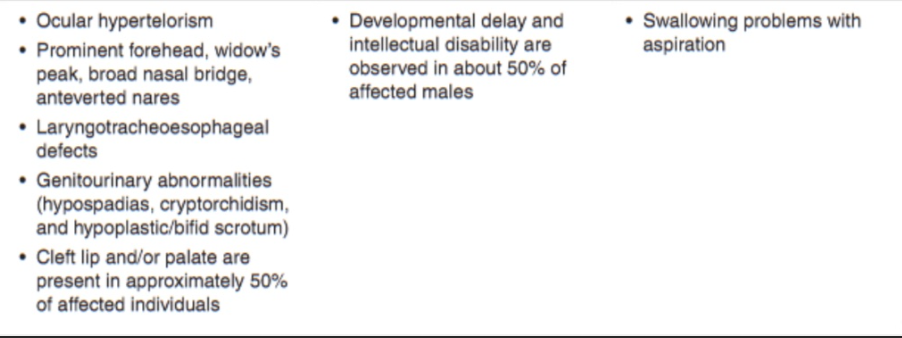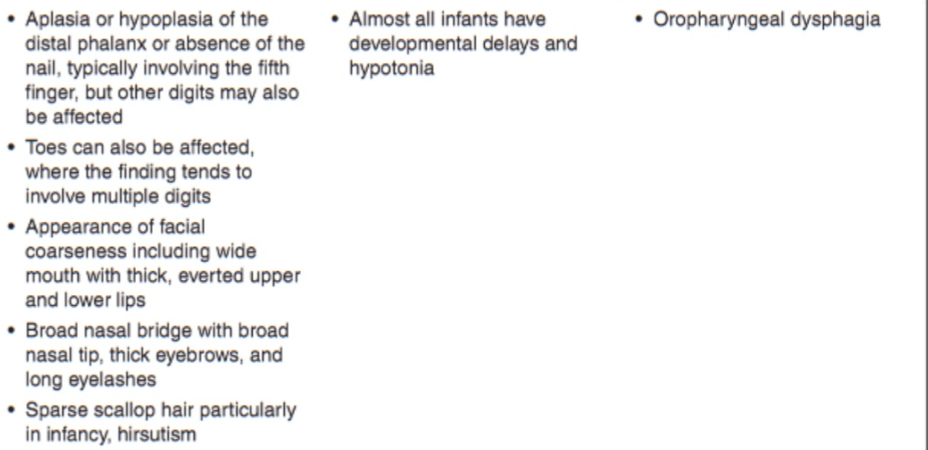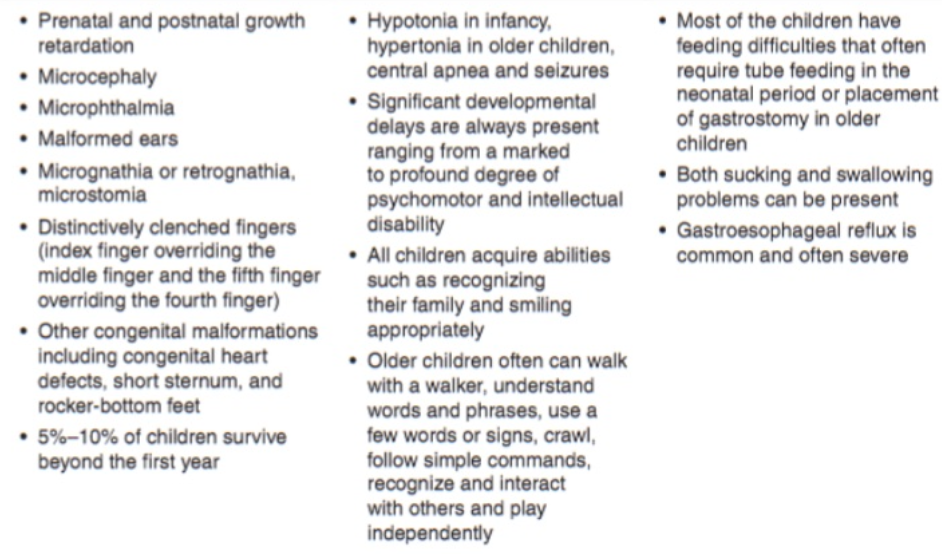developmental care, positioning, and postural alignment
1/27
There's no tags or description
Looks like no tags are added yet.
Name | Mastery | Learn | Test | Matching | Spaced |
|---|
No study sessions yet.
28 Terms
Swallow reflex:
Volitional control:
Swallow reflex: ~15 weeks gestation
Volitional control: into early childhood
What are some high risk groups?
Preterm and LBW-ELBW
FTT
CP
congenital heart disease
Trach
Preterm & LBW
VLBW (<1500g): __% have feeding issues in infancy
ELBW (≤25 weeks): __% had eating problems at age _
Associated issues: oral-motor dysfunction, hypersensitivity, FTT, cognitive/motor delay
VLBW (<1500g): 25% have feeding issues in infancy
ELBW (≤25 weeks): 35% had eating problems at age 6
Associated issues: oral-motor dysfunction, hypersensitivity, FTT, cognitive/motor delay
Failure to Thrive (FTT)
__% have feeding problems
__% show developmental delays
AAP: Weight-for-length <80% of ideal
60% have feeding problems
55% show developmental delays
AAP: Weight-for-length <80% of ideal
CHD and Genetic Syndromes
50% with ___________ need feeding tubes
Feeding problems impact _____ and _______ outcome
50% with univentricular hearts need feeding tubes
Feeding problems impact cognitive and school outcome
Tracheostomy
Dysphagia in up to __%
Oral phase: __%; Pharyngeal phase: __%
__________, but underlying condition
______ (______): may improve swallowing
Dysphagia in up to 80%
Oral phase: 81%; Pharyngeal phase: 60%
Not due to trach, but underlying condition
Speaking valves (Passy-Muir): may improve swallowing
Motor milestones related to feeding 3-4 months 5-7 months 7-8 months 9 months 19-20 months |
Age | Milestone |
|---|
3–4 months | Trunk/neck stability, midline hand and head orientation |
5–7 months | Reaching, grasping, cup use |
7–8 months | Efficient finger feeding |
9 months | Purposeful chewing, cause-effect play |
19–20 months | Tool use, independent spoon/cup use |
typical tone:
Physiological flexion
Reflexes intact and assimilating
prone clearance to bilateral side
Equal flexor in arms/legs
Symmetry
Trunk alignment during prone suspension
atypical tone:
preference for one side of the body • Increased hip/knee flexion, extensor posturing
Finger splaying, thumb adduction (suggests spasticity)
Hypotonia indicated by slipping through axillary hold, extended limbs and in supine
Asymmetries in posture, reduced movement on one side (suggests hemiplegia or early CP)
early “rolling”
signs of seeking stability outside of the trunk
reflexes
Galant Reflex
Stepping Reflex
Moro Reflex
Which of the following is a risk factor for FTT in infants?
A) Excessive weight gain
B) Frequent vomiting
C) Normal tone
D) Full-term birth only
B
Which motor milestone supports purposeful chewing development?
A) Head control at 3 months
B) Cause-effect play at 9 months
C) Self-feeding at 6 months
D) Spoon use at 4 months
B
Myelination of feeding-related structures begins after birth
False – begins in utero (~4 months)
Speaking valves are proven to prevent aspiration in all children with tracheostomy.
False – they may help but evidence in pediatrics is limited.
Premature infants are at higher risk for oral-motor hypersensitivity.
true
Lissencephaly is an example of an acquired lesion affecting brain migration.
False – it is a genetic neuronal migration disorder

noonan syndrome

costello syndrome

russell-silver syndrome

DiGeorge syndrome

Opitz G/BBB syndrome

Prader-Willi Syndrome

Coffin-Siris syndrome

Mobius syndrome

hemifacial microsomia syndrome

pierre robin (nonsyndromic)

trisomy 18

angelman syndrome